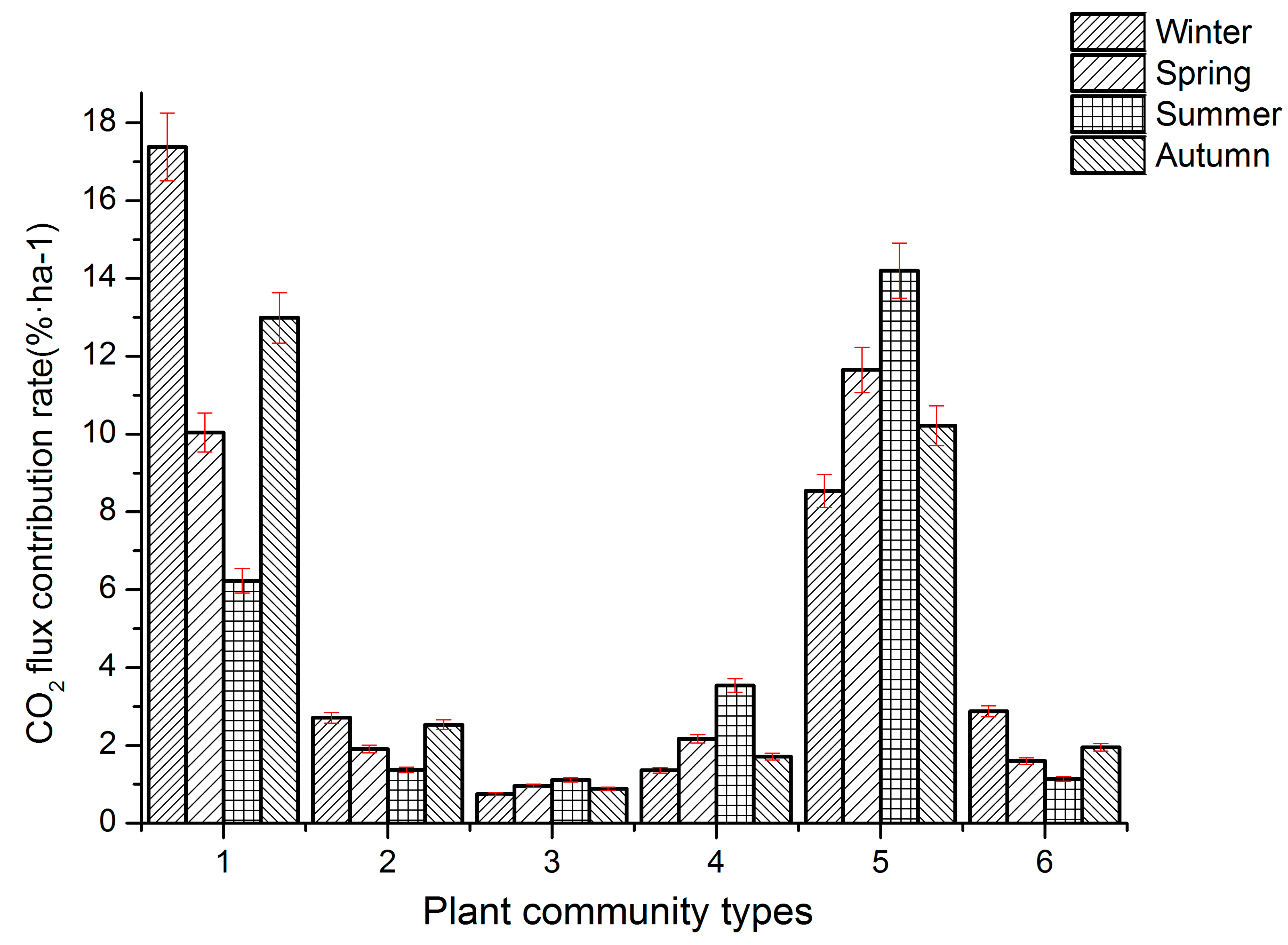
In 1941, Miki published the description of the fossil plant which he gave the name "Metasequoia". The fossil of this genus was discovered by Shigeru Miki in 1939. History Įocene ( Ypresian) age M. occidentalis branchlet Metasequoia has experienced morphological stasis for the past 65 million years: the modern Metasequoia glyptostroboides appears identical to its late Cretaceous ancestors. The cones are globose to ovoid, 0.6-1.0 inches (1.5-2.5 cm) in diameter with 16–28 scales, arranged in opposite pairs in four rows, each pair at right angles to the adjacent pair they mature in about 8–9 months after pollination. The pollen cones are 0.25 inch (6 mm) long, produced on long spikes in early spring they are only produced on trees growing in regions with hot summers. The leaves are opposite, 0.4-1.25 inches (1–3 cm) long, and bright fresh green, turning foxy red-brown in fall. It is a fast-growing tree to 130–150 feet (40–45 m) tall and 6 feet (2 m) in trunk diameter in cultivation so far (with the potential to grow even higher).

The bark and foliage are similar to Sequoia, but Metasequoia is deciduous like Taxodium distichum (bald cypress), and, similarly, older specimens form wide buttresses on the lower trunk. Before its discovery, the taxon was believed to have become extinct during the Miocene when it was discovered extant, it was heralded as a " living fossil".ĭawn redwood foliage - note opposite arrangement The trees are well known from late Cretaceous to Miocene strata, but no fossils are known after that. Large petrified trunks and stumps of the extinct Metasequoia occidentalis (sometimes identified as Sequoia occidentalis) also make up the major portion of Tertiary fossil plant material in the badlands of western North Dakota. It is also hypothesized that the change from evergreen to deciduous trait occurred before colonizing the high latitudes and was the reason Metasequoia was dominant in the north. During three months in the summer, the sun would shine continuously, while three months of the winter would be complete darkness. Given that the high latitudes in this period were warm and tropical, it is hypothesized that the deciduous trait evolved in response to the unusual light availability patterns, not to major seasonal variations in temperature. Metasequoia was likely deciduous by this time. During the Paleocene and Eocene, extensive forests of Metasequoia occurred as far north as Strathcona Fiord on Ellesmere Island and sites on Axel Heiberg Island (northern Canada) at around 80° N latitude. Fossils are known from the Cenomanian onwards. Metasequoia redwood fossils are known from many areas in the Northern Hemisphere more than 20 fossil species have been named (some were even identified as the genus Sequoia), but are considered as just three species, M. foxii, M. milleri, and M. occidentalis. 4 Metasequoia in gardens, parks and streets.Sequoioideae and several other genera have been transferred from the former family Taxodiaceae to Cupressaceae based on DNA analysis.

M. glyptostroboides is the only living species in its genus, but three fossil species are known. Together with Sequoia sempervirens (coast redwood) and Sequoiadendron giganteum (giant sequoia) of California, Metasequoia is classified in the Cupressaceae subfamily Sequoioideae.

Since its rediscovery in 1944, the dawn redwood has become a popular ornamental, with examples found in various parks in a variety of countries. Local villagers refer to the original tree from which most others derive as Shuǐshān (水杉), or "water fir", which is part of a local shrine. Although the shortest of the redwoods, it grows to at least 165 feet (50 meters) in height. The living species Metasequoia glyptostroboides is native to Lichuan county in Hubei province, China. Metasequoia, or dawn redwoods, is a genus of fast-growing deciduous trees, one of three species of conifers known as redwoods.


 0 kommentar(er)
0 kommentar(er)
